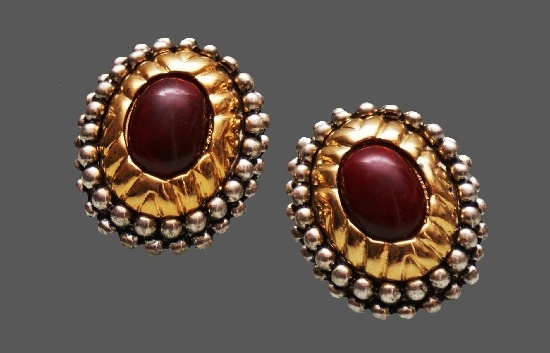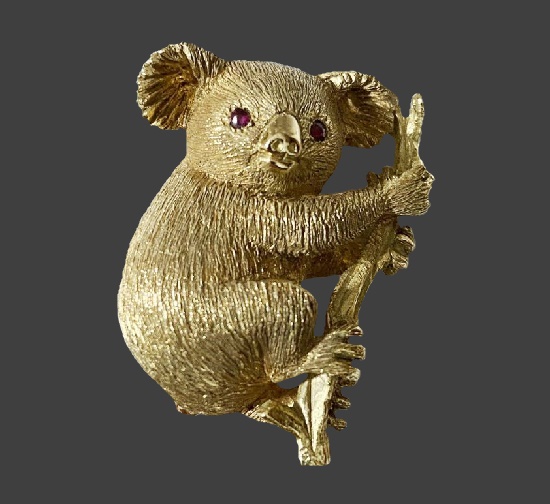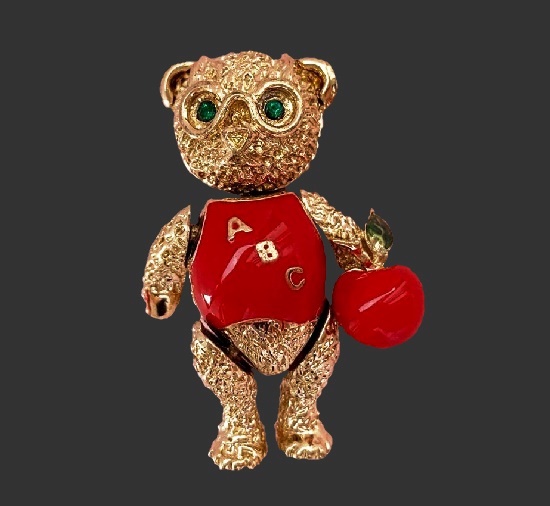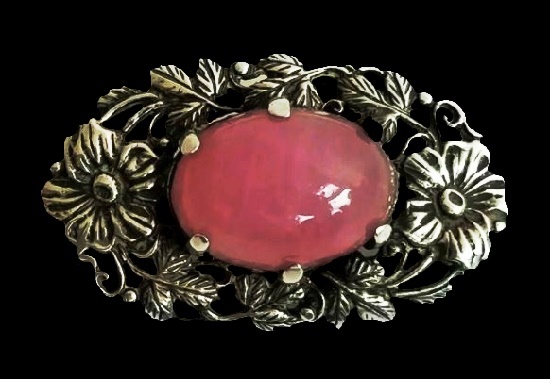Barbara Reed vintage costume jewelry
Barbara Reed vintage costume jewelry
The history of Barbara Reed jewelry brand began in Detroit, Michigan, founded in 1946 as a family business. Barbara Reed Creations (alternative name Barbara Reed Originals), owned by Frank D. Reed, Jr., was in operation for more than ten years. The company known for its innovative concept in the manufacture of jewelry, ceased to exist in 1960.
Patented between 1947 and 1956, the company’s best-known jewelry lines included interchangeable gemstone sets, advertized as “magne-gems”.
Ring, pendant, or pin sets usually included 5, 9, or 12 interchangeable tops. The tops varied from multi-coloured lucite, pearls, art glass imitating natural stones, or volumetric flower designs in 18 K gold. Sold in branded velvet boxes, the brand name and carat of the gold were printed on a satin lining inside the box. Undoubtedly, these sets made a great gift for any woman. Instead of buying a lot of jewelry, she could change the color of the inserts to match her outfit.
The high quality of Barbara Reed products, created 70 years ago, has stood the test of time. Handcrafted from 18 K gold, rhinestones, imitation pearls and lucite, BR pieces are rare and collectible.
More »






